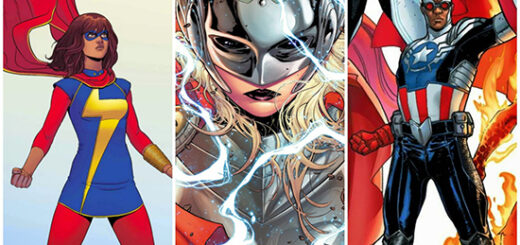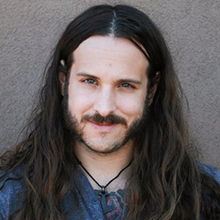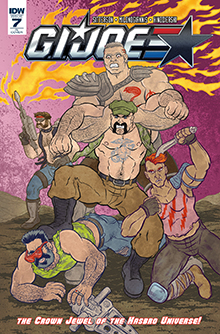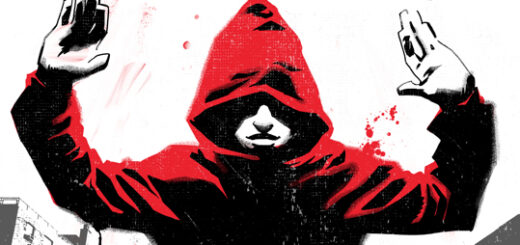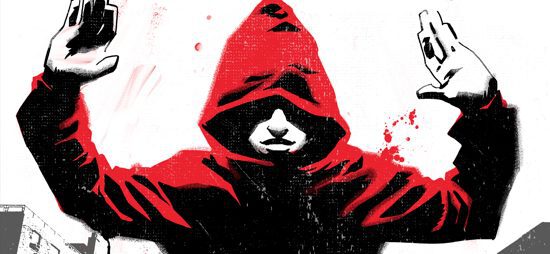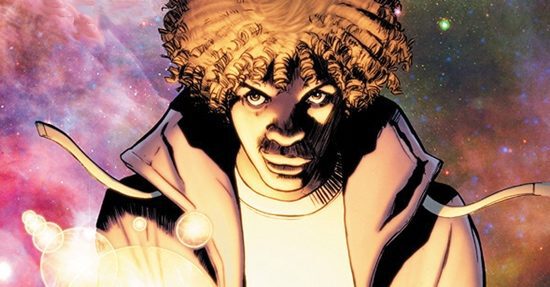Joe Corallo is Late To The Party
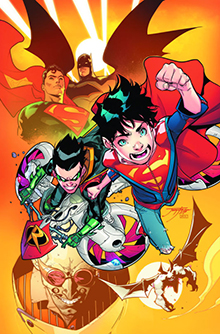 As I’m writing this column on Monday the 27th, it’s my grandpa’s birthday. He’s turning 80 and a lot of the family is flying down to Florida later this week to see him. In the mean, I’ve been working closely with some of the ComicMix team to get Mine! out the door which is in Previews as well as on BackerKit for pre-order. I’ve also been reading some comics I’ve been way behind on!
As I’m writing this column on Monday the 27th, it’s my grandpa’s birthday. He’s turning 80 and a lot of the family is flying down to Florida later this week to see him. In the mean, I’ve been working closely with some of the ComicMix team to get Mine! out the door which is in Previews as well as on BackerKit for pre-order. I’ve also been reading some comics I’ve been way behind on!
I got to finish the first volume of Black over the weekend. The team of Kwanza Osajyefo, Tim Smith 3, Jamal Igle, Khary Randolph, and Sarah Litt over at Black Mask Studios put together a book that takes on racial tensions with a superhero backdrop and absolutely no chill. Over the course of six issues we follow a young black man, Kareem, as he discovers not only does he have super powers, but so do many other black people. And that only black people have super powers.
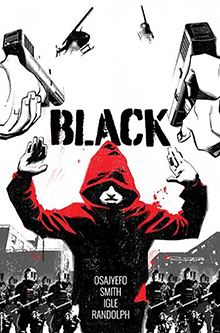 For me, it takes until about halfway through issue two before the story really picks up a steam. Once the story gets moving though, the pacing gets very consistent and from issue four to the end you’re not going to want to put it down. Jamal Igle’s art in grayscale is absolutely gorgeous and helps make a few otherwise slow paced scenes of people sitting in a cell or an office very engaging. While the story is more likely to preach to the choir than to get some bigot to reexamine their backwards way of thinking, it’s still a great read and since the comic has been optioned you’ll wanna read it before the movie hits so you can be one of the cool kids.
For me, it takes until about halfway through issue two before the story really picks up a steam. Once the story gets moving though, the pacing gets very consistent and from issue four to the end you’re not going to want to put it down. Jamal Igle’s art in grayscale is absolutely gorgeous and helps make a few otherwise slow paced scenes of people sitting in a cell or an office very engaging. While the story is more likely to preach to the choir than to get some bigot to reexamine their backwards way of thinking, it’s still a great read and since the comic has been optioned you’ll wanna read it before the movie hits so you can be one of the cool kids.
 Another series I finally got to crack into was Super Sons over at DC. Now, I was a little late to the party when Peter Tomasi was tackling Damian Wayne with the New 52’s Batman and Robin with Patrick Gleason. Peter’s work on Damian is honestly the best portrayal of the character I’ve read, and I say this as a huge Grant Morrison fan. The first arch of that Batman and Robin run had me sold and I kept up with that title for quite a while after, so seeing Peter back on Damian in Super Sons put this book on my radar right away.
Another series I finally got to crack into was Super Sons over at DC. Now, I was a little late to the party when Peter Tomasi was tackling Damian Wayne with the New 52’s Batman and Robin with Patrick Gleason. Peter’s work on Damian is honestly the best portrayal of the character I’ve read, and I say this as a huge Grant Morrison fan. The first arch of that Batman and Robin run had me sold and I kept up with that title for quite a while after, so seeing Peter back on Damian in Super Sons put this book on my radar right away.
Joined by the incredible artist Jorge Jimenez, Peter Tomasi tells us of the adventures of young Jon Kent a.k.a. Superboy and Damian Wayne aka Robin as they try to prove themselves to be just as capable as their super parents. As excited as I was to finally read this comic, it honestly surpassed my expectations.
 Jon Kent is the perfect foil to Damian Wayne. The way the two interact with each other in their playful rivalry creates a fun dynamic that I wish I saw in more comics. Jon’s youth, height, and natural abilities get under Damian’s skin, but handles it better than the less mature Jon who wears his heart on his sleeve. As the two try to a nefarious plot, we watch as the two rib on each other. Jon has taken it personally that he wasn’t asked to be in the Teen Titans despite being a ten years old. One of my favorite moments is when Jon points out a mistake that Damian has made and he responds by saying he learns from his mistakes better than anyone.
Jon Kent is the perfect foil to Damian Wayne. The way the two interact with each other in their playful rivalry creates a fun dynamic that I wish I saw in more comics. Jon’s youth, height, and natural abilities get under Damian’s skin, but handles it better than the less mature Jon who wears his heart on his sleeve. As the two try to a nefarious plot, we watch as the two rib on each other. Jon has taken it personally that he wasn’t asked to be in the Teen Titans despite being a ten years old. One of my favorite moments is when Jon points out a mistake that Damian has made and he responds by saying he learns from his mistakes better than anyone.
Between the fantastic story and the gorgeous, fluid artwork, I can’t possibly recommend Super Sons enough. If you’ve been loving DC’s Rebirth and haven’t picked this title up yet, get on it. If you don’t read DC Comics, you seriously should consider picking this up too. And while there is some violence, it’s definitely more appropriate for some younger readers than a lot of other Big 2 comics out there.
Look, I know I was late to the party here. Luckily with trade paperbacks and comiXology you can never be too late to the party when it comes to comics.

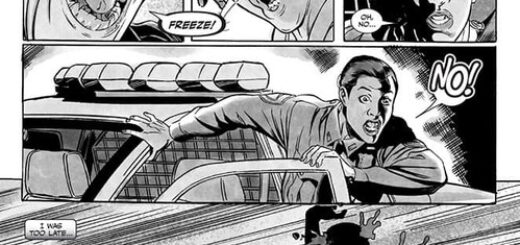
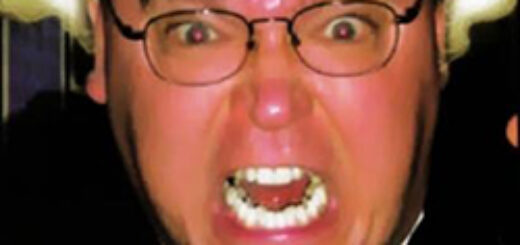
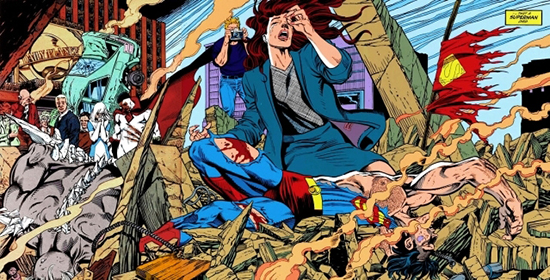
 As of my typing up this column, DC Comics employee of over twenty years and Superman Group Editor
As of my typing up this column, DC Comics employee of over twenty years and Superman Group Editor 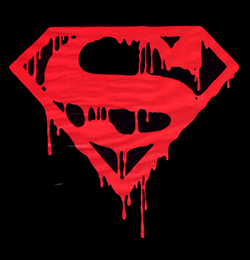 Make no mistake; DC Comics did what it did because there was absolutely no way to continue protecting Eddie Berganza.
Make no mistake; DC Comics did what it did because there was absolutely no way to continue protecting Eddie Berganza.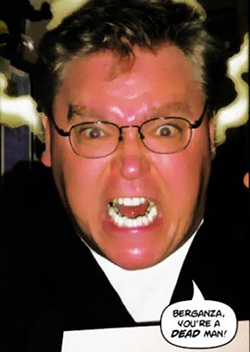 And Eddie Berganza isn’t the only person to make that statement true.
And Eddie Berganza isn’t the only person to make that statement true.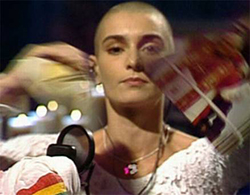 I want to make this crystal clear to people reading, as fans and casual readers may not be aware of or understand the reality of all of this. Speaking out against the brass is more than looked down upon; it’s disqualifying.
I want to make this crystal clear to people reading, as fans and casual readers may not be aware of or understand the reality of all of this. Speaking out against the brass is more than looked down upon; it’s disqualifying. 